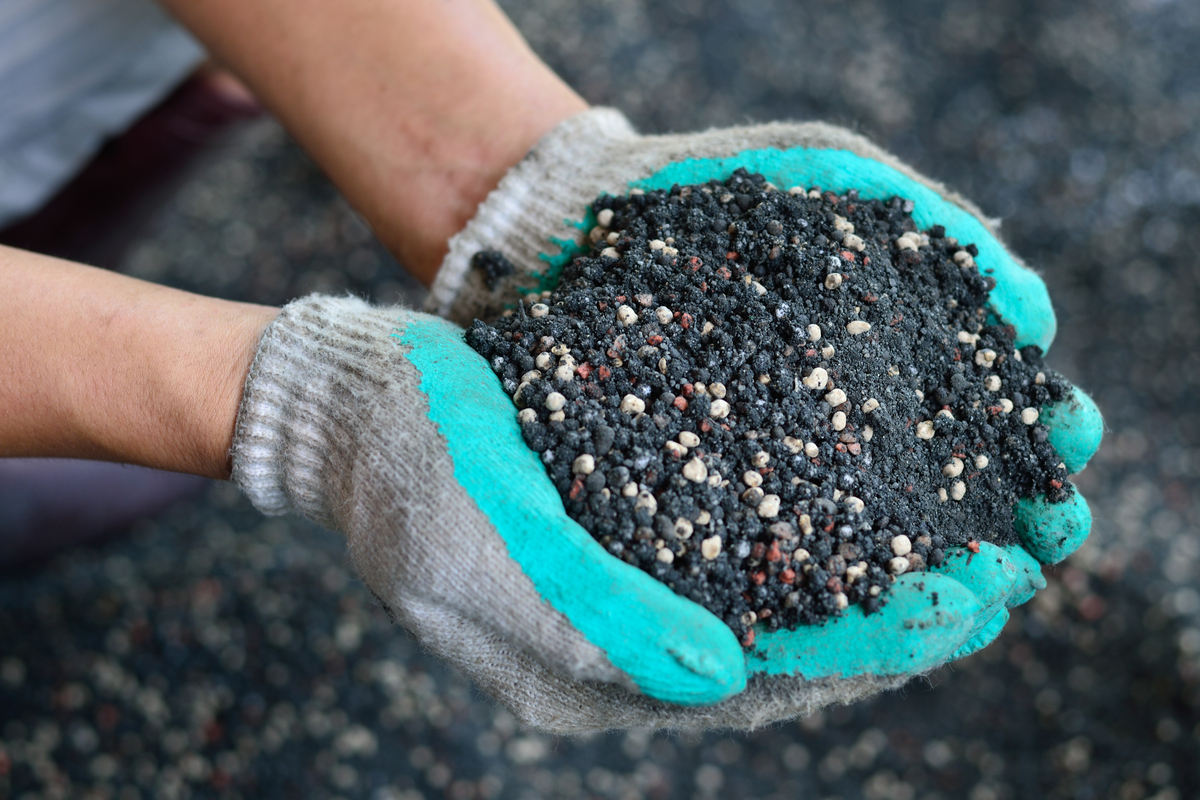Every living thing needs specific nutrients, and they need to get those nutrients from somewhere. Plants aren’t structured like us, and they don’t eat like us either. So what do they need, and how can you get it to them? Here are the most important things to know, condensed into one spot just for you!
What major nutrients do plants need?
There are six major nutrients, three of which are arguably the most important things for plants. The most important three are nitrogen, phosphorus, and potassium, with the other three being calcium, magnesium, and sulfur.
Nitrogen is important for every part of the plant. It’s used in plant cells, proteins, hormones, and even chlorophyll. It is a major component of plants, which is why it’s so important that your plants get plenty of it.
Phosphorus is used in the intake of energy from sunlight. It also promotes root health and growth, general plant growth, and flowers, if the plant has them. Flowers with the correct amount of phosphorus tend to have larger, brighter blooms.

Potassium is important for general health. It improves a plant’s resistance to disease and also helps with the formation and transportation of starches, sugars, and oil. You could imagine potassium as being the blood of the plant. In plants that produce fruit, potassium is used for fruit production.
Calcium is used primarily in the development of roots and leaves. It also promotes general root health.
Magnesium is mainly used in chlorophyll. Chlorophyll is what gives leaves their green color and ability to process energy from sunlight, turning it into usable energy.
Sulfur is used in proteins and in energy production. However, it has another, interesting, use. Sulfur is the source for the distinctive taste and smell most commonly recognized in onions and cabbage.
What trace nutrients do plants need?
There are six important trace nutrients plants need or benefit from. These nutrients are not necessarily less important than the major nutrients, but they are needed in smaller amounts.
Boron is used in the development of cell walls and helps with the intake of calcium. Copper is used in the production of enzymes. Iron is used for regulating growth. Manganese helps plants with photosynthesis. Molybdenum is used by bacteria in the soil to take nitrogen from the air and convert it to nitrogen in the soil that plants can use. Zinc helps with stem and leaf growth.
What are the best ways to get these nutrients?
Ideally, your soil already has everything it needs. However, if you have tested your soil for nutrients and found out it is deficient in one or another, there are some easy ways to add them.
All of these elements are available as garden supplements or are added to fertilizers. Since these nutrients are important for plant health, there is no shortage of products available, making it very easy to add them to your garden. Just be sure to read any instructions carefully!

Compost is another easy way to add some of these nutrients to your soil. Not all nutrients can be reliably added this way, but nitrogen, phosphorus, potassium, calcium, magnesium, and iron can all be obtained through compost.
Nitrogen and magnesium will be present in any compost you make, as they are abundant in the types of organic material compost is made of. Phosphorus and potassium can easily be obtained by adding manure to your compost, which is also rich in nitrogen.
Calcium is mainly added to compost through eggshells, which can also be added directly to your garden without composting first. You can add iron to your compost by adding blood meal or chelated iron.
How can you tell if your plants are getting enough or too much?
The only surefire way to tell is to test your soil. Testing your soil before adding any type of additive is a very good idea in general, since, for as bad as deficiencies in these nutrients can be, having too much of them is also bad. Often, having too much of one nutrient will restrict a plant’s ability to absorb a different nutrient.
Keep an eye out for sudden changes in plant health with no clear cause. If your plants start to wither, and it doesn’t seem to be caused by water, light, or weather, you should test your soil to see if there’s an imbalance in nutrients.
That’s the basic, most important information about what your plants need and how to get it to them! Plants are a lot more complicated than we give them credit for, and these nutrients all play key roles and interact with each other in a delicate balance. When in doubt, test your soil!



